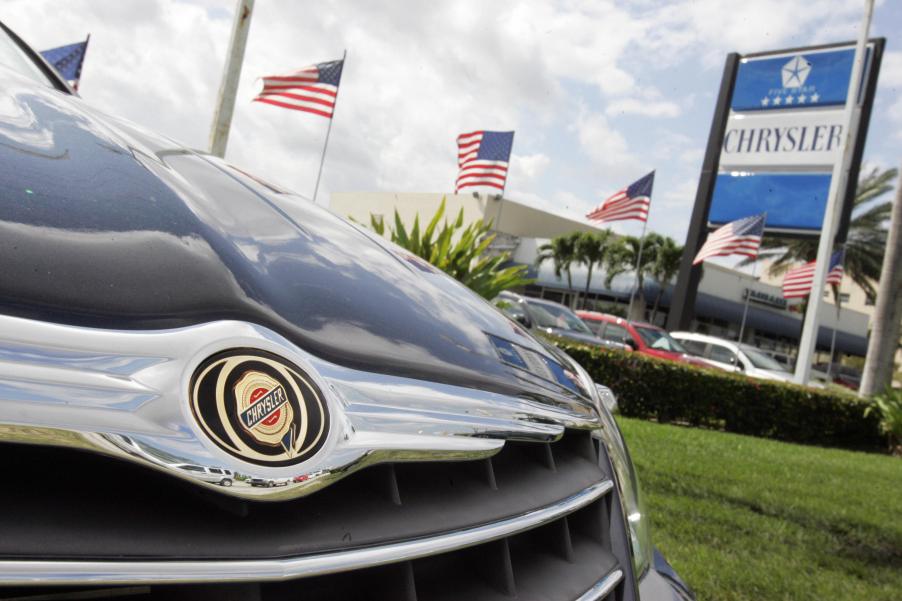
A Car You Probably Hate Is Responsible for Convertible Cars Still Existing
In high school, my friends and I pretended that the Chrysler LeBaron was a highly-coveted car. We would act as if a Ferrari 250 GTO passed anytime we saw one in the world. The game eventually morphed into a strange kind of love for the style-less automotive blobs. I’m not sure if the game is what changed my views on the LeBaron or the fact that it is the only reason we still have convertibles.

We all owe the Chrysler Lebaron an apology
No, they aren’t worth any money. They aren’t very attractive cars, either. During the mythic days of Lee Iacocca, otherwise known as the early ’80s, Chrysler was struggling to make ends meet. Iacocca launched the boxy and boring, not exciting Dodge Aries and Plymouth Reliant “K-Cars” in 1981. These miserable sleds kept the lights on, but something else had to be done.
Lee Iacocca then had the idea to bring the convertible back to American cars. Thanks to more effective AC, sunroofs, and T-Tops, convertibles nearly went extinct in the ’70s. Plus, as Road & Track points out, the assumption was that the government rollover safety regulations would likely make convertibles impossible to certify in the ’80s anyway.
In a review of a 1976 Cadillac Eldorado convertible, the New York Times said, “When you have air-conditioning, and the wind at freeway speeds seems about to rip your eyelids off, and you realize that a rollover accident in a topless car is very bad news, it doesn’t seem worth putting up with roof leaks and winter drafts anymore.”
If we are to assume that the NYT ever had sway over people’s taste, this comment might act as a weather vane for how people felt about droptops at the time. However, when Cadillac announced the end of the droptop, folks bought them by the truckloads in hopes that they would be collector cars in the future. They might have been on to something if Lee Iacocca and the LeBaron didn’t ruin everything.
Make way for the Baron of the blacktop

It is important to say that the Cadillac was leagues ahead of the Chrysler LeBaron in every measurable way. The LeBaron was available as a coupe, sedan, and convertible. Aside from the convertible roof, the LeBaron was nothing more than a Plymouth Reliant stuffed full of cheesy trim and capped with a gaudy grille up front.
The Miserable LeBaron drew its minimal 82 hp from a 2.2-liter four-pot. For some reason, there was an optional 2.6-liter making 92 hp. Why, Chrysler? Why?
All would be well with the LeBaron, though, because some marvelous soul realized that, along with convertibles, wood paneling was another irrelevant car feature from the past. Instead of leaving wood paneling in the hands of the more capable, Chrysler slapped on the weird convertible.
How many LeBarons were sold?
By 1982, Chrysler was pressed hard enough to make the convertible LeBaron. Within the first year, Chrysler sold 3045 examples at the high base price of $11,698. Weirdly, the LeBaron had some pretty high-class options like the Mark Cross leather interior, a turbocharger, and, of course, faux wood paneling.
Although the LeBaron isn’t all that sought after today, it did exactly what Iacocca had hoped for. The convertible reignited Chrysler’s customer base enough to hang around. It may be an eye sore, but it’s a successful eyesore.



